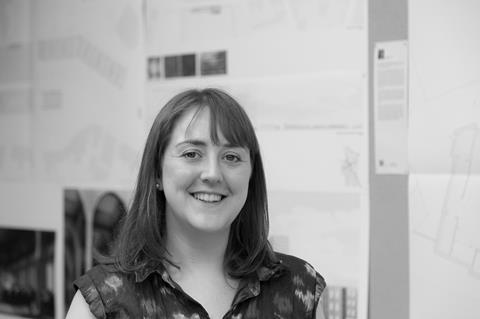Trapped at home, our experiences of our invisible cities have become fragmentary and dreamlike, writes Eleanor Jolliffe

One of the books I keep returning to from university reading lists is Italo Calvino’s Invisible Cities. In it a fictional Marco Polo spins tales of all the cities one could ever dream of to the great Kublai Khan.
Thin cities, cities and desire, cities and the dead, cities and memory, continuous cites, cities and signs… and all the while Polo is speaking about just one city, Venice, revealing it to Kublai Khan from a thousand different viewpoints. It never fails to bring a new dimension to my understanding of cities, and how people live in them.
Perhaps it is being in isolation for so long but browsing through the book the other day I couldn’t help but think how much my experience of London now feels like these brief glimpses through other people’s stories.
Like all of us, I haven’t been out beyond my neighbourhood in weeks, and my experience of the world is now almost exclusively through WhatsApp, Zoom and Instagram, our modern conduits for storytelling. Those controlled and curated backdrops and snaps of sourdough starters, immaculate work-from-home set-ups and glasses of wine balanced next to computers to watch a lecture/theatre stream/play reading (extra points for architectural books acting as a make-do laptop stand) are my sole experience of a city I used to be able to walk through at will.
City and names. Muffled pleas for screen time as a father’s arm pops in and out of a Zoom background to answer or shush. Mute button switched on as a baby demands a say on the topic under discussion. Names you’re aware you should have remembered beneath a colleague’s face as they hastily reclaim the Zoom account after a family quiz night.
Hidden city. Carefully positioned Zoom backgrounds of frighteningly accomplished bookshelves wrapping the speaker in knowledge. The Twitter account Bookcase Credibility does hilarious work in archiving these for posterity.
City and desire. Late-night WhatsApp paragraphs wondering when this will all be over, will we ever be allowed to return to those lives we were creating? Will our worlds be forever shrunk to the limited dimensions in which we pace like caged tigers?
Cities and memory. Throwback travel photographs of the time when we could freely travel across the world, indeed across the city. Architectures that may now as well belong to the realms of science fiction as to reality. Who can imagine those spaces filled with breathing, coughing, shouting people?
Cities and the dead. A newspaper image of a refrigerated lorry parked silently and ominously outside a New York hospital.
On the one hand these moments bring the city closer, suggesting more intimate details of people’s lives. We are now forced to welcome colleagues and acquaintances into our homes, and by the same token get intriguing glimpses into the disappointingly mundane lives of famous faces.
On the other hand this “new normal” is creating a breakdown of social structures and urban use. The patterns of city life have shifted. No commuting or public transport, so many joggers, friends sitting at awkward distances holding bizarrely loud personal conversations in public parks.
Private and public space is blurring. The most private of spaces are now glimpsed during professional calls or broadcast to the nation on TV. Yet our most public spaces are becoming the only places we can hold a private conversation face to face.
I wonder if this will change the way we think about space, about planning cities, about our homes in the future. Or if, like London after the Great Fire, we will rebuild the structures and patterns we recognise and feel comfortable with in an attempt to return to life as normal.
















No comments yet